Can precision nitrogen management increase farmer profitability and reduce N loss?
Study title: Developing Distinct Levels of Precision Nitrogen Management Strategies and Technologies for Corn in Minnesota
Lead researcher: Dr. Yuxin Miao, University of Minnesota, Precision Agriculture Center, Department of Soil, Water, and Climate
Years of study: 2019-2021
Locations: Monticello, MN, and Wheaton MN
1. What we did
We conducted two on-farm N strip trials each year from 2019 to 2021 and used related data from other N rate experiments to develop a remote sensing and calibration strip-based precision N management (PNM) technology, crop growth model-based in-season N management technology with weather data fusion, effective in-season N status diagnosis methods using active canopy sensors with multi-source data fusion, remote sensing and machine learning- based PNM strategy, explored management zone delineation strategies, and evaluated different PNM strategies.
2. why do this study
PNM aims to match N fertilizer supply with crop N demand in both space and time, and thus has great potential to improve N use efficiency (NUE), increase farmer profitability, and reduce N losses and negative environmental impacts. However, current adoption rate of PNM is still low in Minnesota corn production, and most farmers apply all N fertilizer before planting. To overcome some of the adoption barriers, this research was conducted to develop distinct levels of PNM strategies and technologies to facilitate the adoption of PNM by Minnesota corn producers. Growers can select from several PNM strategies according to their own situations.
3. What we learned
Optimal N rates varied spatially within fields and from year to year, and were affected by weather conditions. The remote sensing and calibration strip-based PNM strategy is a promising technology for corn growers, as it uses site-, year- and hybrid-specific in-season corn growth conditions to make sidedress N application decisions. High spatial (3m) and temporal (daily revisit time) resolution PlanetScope satellite remote sensing is used in this strategy, making it more practical than using other crop sensing technologies. It can be implemented in most grower’s fields without the need of previous data accumulation. Minnesota farmers are encouraged to adopt in-season site-specific N management strategies, and crop consultants can use this developed technology to assist corn farmers to improve their N management. Crop growth model (Ceres-Maize) can be used to simulate long-term optimal N rates for different soil and weather conditions, and corn hybrid differences and N and grain prices can also be considered. The models can be used to estimate optimal in-season N application rates based on current, historical, or forecasted weather data. Such N rates can be used by crop consultants and farmers as references when they make N management decisions to improve N use efficiency.
4. What’s next
This project has been completed. The developed remote sensing and calibration strip-based PNM strategy is being further evaluated across Minnesota and Indiana in terms of grain yield, N use efficiency, nitrate leaching and economic returns supported by NRCS. This technology is also being further improved by considering soil-landscape conditions, yield potential and weather conditions using machine learning models. Variable rate N management guidelines are being developed in a follow-up project supported by AFREC to support corn farmers and crop consultants to adopt variable rate N management technologies and conduct on-farm trials to evaluate different variable rate N management strategies.
